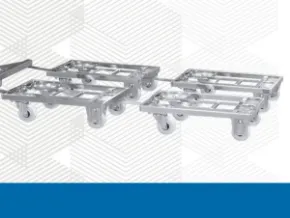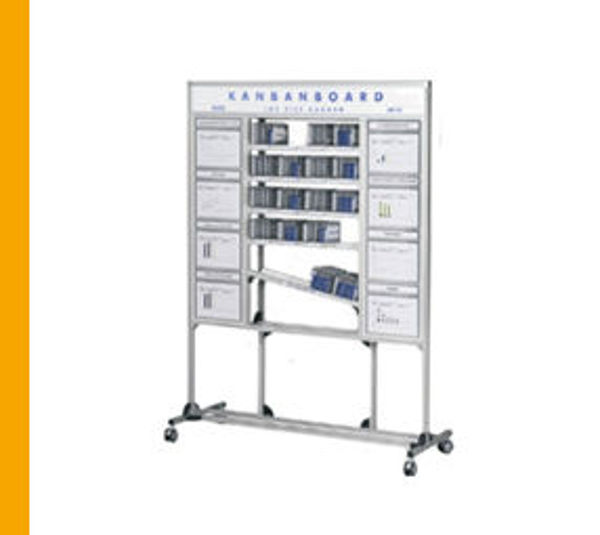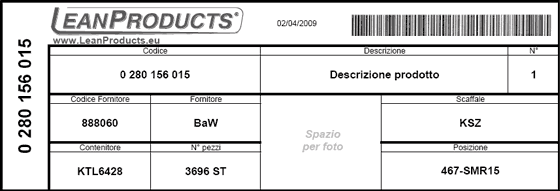Soluzioni per la Lean Manufacturing

Sistema Kanban
Kanban-Starter Kit Color
Systembox e accessori ESD
Cardplan® L=250 mm - Luce 15 mm
Cassetta posta Kanban
Cassetta posta Kanban in plastica
Supporti per Systembox
Systembox
Cardplan® L=500 mm - Luce 15 mm
COSA É IL KANBAN
Il KANBAN è uno strumento di comunicazione nella produzione “just in time” e nel controllo del magazzino: autorizza la produzione o la movimentazione.
La parola ”kanban” in giapponese significa “cartellino visuale” o record ed il sistema è stato sviluppato da Taiichi Ohno in Toyota Motor Corporation nell'ormai lontano 1947.
Lo scopo del kanban era quello di aumentare l'efficienza e conseguentemente la produttività controllando i flussi di produzione per poter superare i concorrenti e riducendo i costi nella gestione di materie prime, semilavorati e prodotti finiti.
Il Kanban, come oggetto, quindi non è altro che un cartellino attaccato al contenitore dei componenti sulla linea che indicano/richiedono la consegna o produzione di una quantità definita. In origine il cartellino Kanban segnalava la necessità di produrre o consegnare qualcosa ma ad oggi vi sono usati diversi segnali di ripristino. Oggi, il kanban è un sistema di passaggio di informazioni che assicura che ogni stazione operativa produca solo quanto effettivamente richiesto dalla stazione a valle.
Serve come istruzione di produzione e trasferimento.
In questo modo il magazzino è sotto controllo la produzione va al passo con le spedizioni: pull system.
Il Kanban può quindi essere anche elettronico: sistemi di riordino al fornitore o al reparto produttivo che richiedono una determinata quantità di un dato materiale quando la scorta scende sotto un livello minimo prestabilito.
La quantità autorizzata da ogni singolo Kanban è minima, idealmente un pezzo. Il numero di Kanban circolanti o disponibili per un determinato oggetto dipende dalla domanda e dal tempo richiesto per produrne o acquisirne di più. Questo numero generalmente è fisso e rimane invariato a meno che la domanda o altre circostanze (per esempio i tempi di consegna del fornitore) cambino notevolmente.
Tipi di Kanban

Come strutturare il cartellino Kanban
Tutti i dati dell'articolo o del rispettivo lotto vengono riportati sul cartellino Kanban. Le informazioni di base che devono essere visualizzate sono: il codice prodotto, la relativa descrizione, il numero di pezzi in un contenitore, il cliente e il fornitore. Viene inoltre ripetuto, in questo esempio, il codice nel lato sinistro per permetterne la lettura una volta raccolto nei Systembox piuttosto che nei Cardplan®.
Download the Excel File to customize your Kanban card
Vantaggi
- eliminazione della sovrapproduzione
- riduzione delle scorte
- maggiore disponibilità di materiali
- tempi di consegna più brevi e maggiore affidabilità di consegna
- tempi di produzione ridotti
- riduzione dei tempi di pianificazione e controllo
- maggiore produttività
- meno spazio necessario nel magazzino
Multimedia
Download
Qui è possibile scaricare la sezione del catalogo dedicata
































